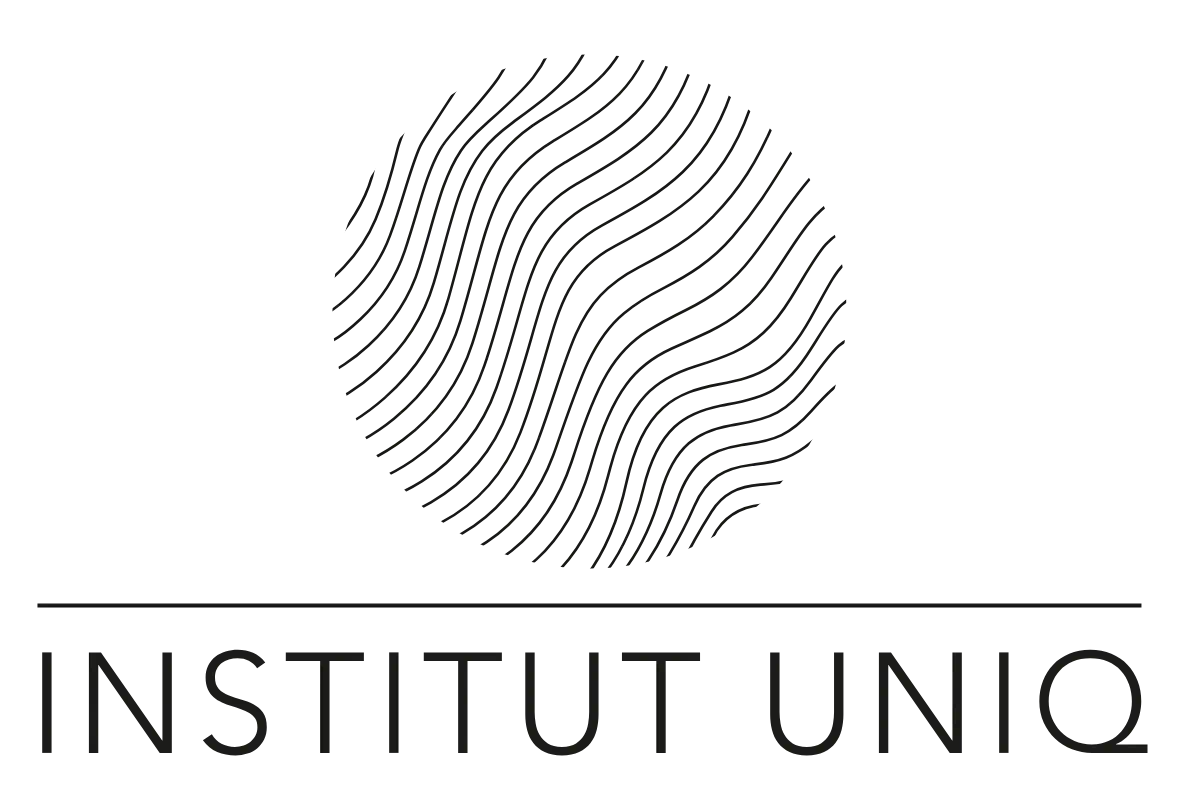Platelet-Rich Plasma (PRP) Therapy: Diverse Applications and Benefits
What is PRP? PRP stands for Platelet-Rich Plasma, a concentrated platelet plasma derived from the patient’s own blood, which is why it is also known as a ‘Vampire Facelift’. It contains a high number of growth factors that stimulate cell division and differentiation, have anti-inflammatory properties, and can restore tissue balance. PRP is used in medicine and cosmetics to treat various diseases and conditions.
How does PRP work? The procedure begins with drawing a small amount of blood from the patient. This blood is processed in a special centrifuge to separate red and white blood cells from the plasma, which is rich in platelets. This platelet-rich plasma is then injected into the affected region, where it exerts its healing effect.
Indications and Applications:
PRP is used in a variety of medical and cosmetic applications, including:
- Skin Rejuvenation: PRP is also used as an anti-aging treatment to tighten skin and reduce wrinkles.
- Hair Loss: PRP injections can slow hair loss and promote hair growth, especially in male pattern baldness and after hair transplants.
- Sports Injuries: PRP injections promote the healing of tendon, ligament, and muscle injuries by stimulating cell growth and accelerating healing. Common applications include the treatment of tennis elbow, Achilles tendonitis, and muscle tears.
- Osteoarthritis: PRP can help alleviate pain and stiffness in osteoarthritis by modulating the joint environment and reducing inflammation.
- Wound Healing: PRP can improve the healing of chronic wounds by promoting tissue repair and regeneration.
Positive Effects on Skin Rejuvenation and Tissue Regeneration:
PRP contains a high concentration of growth factors that stimulate collagen production in the skin. Collagen is an essential protein responsible for skin elasticity and firmness. With age, natural collagen production decreases, leading to wrinkles and sagging skin. PRP therapy releases growth factors such as Platelet-Derived Growth Factor (PDGF), Epidermal Growth Factor (EGF), and Vascular Endothelial Growth Factor (VEGF), which stimulate cells to produce new collagen, making the skin smoother and firmer.
Pain and Treatment Duration:
The treatment typically lasts 30 to 60 minutes. Most patients find PRP injections to be minimally painful, as a very fine needle is used. Temporary redness and swelling may occur at the injection site but usually subside quickly. The treatment should be repeated after one to four months, depending on the application area, with several sessions often necessary to achieve optimal results.
Benefits and Risks:
Since PRP is derived from the patient’s own blood, the risk of allergic reactions or infections is low. However, possible side effects include temporary redness, swelling, and mild pain at the injection site.
PRP offers a versatile and effective treatment option for various medical and cosmetic needs, with minimal side effects and a short recovery time. However, it is important to have the treatment performed by qualified professionals to achieve the best results.


